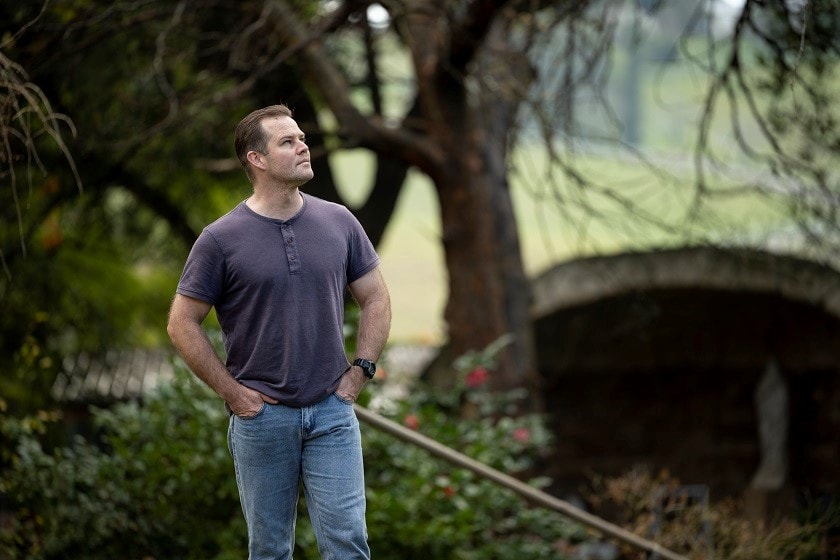Anger is used to defend our beliefs, protect our loved ones, and motivate us to take action. However, anger also has a dark side – it can cloud our judgement, make us do things we regret and even harm people we care about.
Achieving the right balance with anger is crucial because when it dominates our lives it becomes challenging to perceive anything beyond anger itself.
What is anger?
It is essential to understand what anger truly is. When discussing the nature of traumatic experiences and their effects, such as post-traumatic stress disorder (PTSD), we often refer to the fight-or-flight response.
This response is an evolutionary aspect of human nature, triggered when we face dangerous situations. It is crucial to recognise that at the core of these responses lies fear – a perception of threat that triggers the fight-or-flight response.
However, as complex, modern humans living in a fast paced world, our lives are far more intricate. Threats can come up in so many forms, particularly social threats: fear of judgement, exclusion, job loss, loss of respect, harm to our families, exploitation or being made to look foolish.
Discussing anger can be challenging because its impacts can be hurtful and harmful, causing it to be socially disapproved.
Let’s talk about anger
For individuals who have experienced trauma and suffer from PTSD anger can pose a specific challenge. The fight-or-flight response in PTSD is highly sensitive and can be triggered at any moment. This heightened sensitivity leads to overwhelming angry thoughts, feelings and actions as individuals respond to their traumatic experiences.
This is especially true for individuals in service careers like the military, police and first responders. They have been trained to be vigilant for danger and to confront it rather than retreat. This training has conditioned their fight-or-flight mechanism to activate even outside of work, making it difficult to switch off the response during daily activities such as spending time with family or enjoying fun things.
The first step for individuals with PTSD-related anger issues is to recognise it as part of the trauma response, acknowledging irritability and restlessness as core symptoms of PTSD. This recognition helps to remove blame and instead focuses on understanding the origins of anger and finding ways to respect its place in our lives without allowing it to dominate us.
Navigating anger
When faced with a situation that feels threatening, anger begins to bubble up within us. It could be as seemingly mundane as someone cutting us off in traffic – our attention narrows onto the object of our anger, and the fight-or-flight response kicks in. We begin noticing further details that reinforce our anger and we may engage in aggressive behaviour or confrontation.
Our angry response has made the situation more dangerous. In these situations, it is crucial to develop strategies that can alter the course of this escalating scenario.
Strategies such as slow breathing exercises, progressive muscle relaxation, physical movement and engaging our senses can help broaden our attention away from the focal point of anger and onto the world around us.
Strategies for managing anger
- Interpreting situations: practice the skill of seeing different perspectives and possibilities before being drawn into a tunnel vision situation.
- Regulating arousal: our fight-or-flight reaction confirms our sense of being under threat and fuels our belief that we must fight. However, by helping our body learn how to slow down and employing specific techniques, we can bring our arousal levels back down, allowing us to maintain a calmer state.
- Circuit breakers and mending relationships: by recognising the underlying emotions and experiences beneath anger, practicing alternative interpretations, and developing strategies to regulate arousal levels, we can prevent anger from ruling our lives.
Anger is often the visible tip of an iceberg, where what lies beneath the surface is a complex mix of emotions and experiences. It can be a response to feeling powerless, afraid, hurt, rejected or misunderstood. We must address what lies below the surface – the main part of the iceberg.
St John of God Richmond Counselling and Therapy Centre is running a specialised 10-week anger and PTSD program targeted for first responders and veterans. Central to this program is a model that helps us understand how anger arises in response to certain situations.

